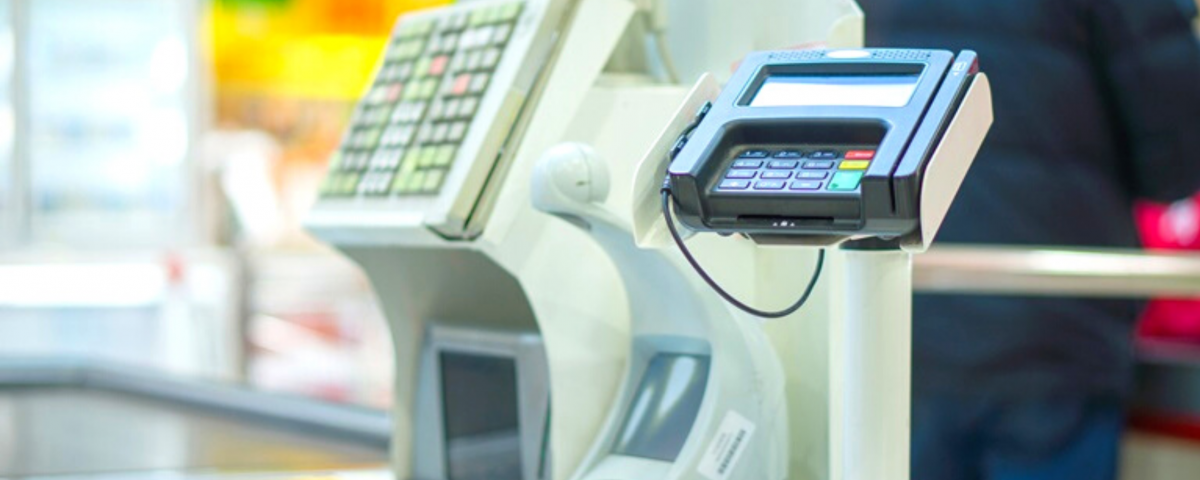
Demand Planning Amid the Coronavirus Outbreak
Welcome to the final installment of Demand Planning Amid the Coronavirus Outbreak,a series by Fiddlehead Technology. The purpose of this series is to support S&OP teams across the food and beverage industry who are assuring supply chains can feed consumers around the world who continue to depend on them every day to eat.
In part three, we discuss utilizing alternative demand signals, such as POS and syndicated data, as leading potential indicators for your forecasts.
Part Three: Alternative Indicators for Forecasting
The pandemic has thrown many curveballs at demand planners in food and beverage. With unexpected challenges in procurement, such as plant shutdowns across the U.S., and significant demand volatility, it is impossible to maintain reliable forecasts based on shipment or order history alone. It is more important than ever to have downstream visibility.
Engage with your S&OP team during the pandemic to leverage alternative types of data, Syndicated and POS, to gain more visibility at end of the supply chain.
Syndicated vs. POS data.
Most of you are familiar with POS data and receive it from your retailers on a weekly or monthly basis. As food and beverage manufacturing sits a few steps away from the end consumer, POS data can help deal with the latency and distortion in shipment and order data.
Syndicated data can broaden your forecasts. The benefits of investing in this data allows for greater competitive and promotional analysis and comparison consistency across products, manufacturers, and markets. The two main syndicated data providers for consumer goods are IRI and Nielsen. We recommend Nielsen because of their Nielsen Connected Partner Program, which allows their analytics partners like Fiddlehead to efficiently access and analyze the data programmatically on behalf of FMCG manufacturers.
In the abnormal environment brought by the coronavirus outbreak, it is important to understand the advantages and disadvantages between these two data sources when it comes to using them as an input into your forecast.
Which to utilize?
In adding any data to forecasting models, the central question we seek to answer is: Where and when do we need what product? Applying this edict to demand planning during the outbreak, key differences emerge between syndicated vs. POS data in terms of granularity and timeliness.
Demand planning during the outbreak requires a granular view of demand due to the clustering of the virus. Depending on your subscription, syndicated data it is often aggregated above the store level and extrapolated. It reflects a panel of stores for a given geographic market and banner depending on your subscription level. As a result, it can lack granularity. However, it is well structured across retailers and categories, and also makes important distinctions between promotional activity and a historical baseline that can be useful when comparing pre-outbreak sales levels and trends.
POS demand history it typically provided at the store/item level. It is therefore highly granular and available for the entire population of your retailer’s’ stores, which can be useful in detecting stockouts and localized sales trends relative to the spread of the virus. However, there can be challenges when working with POS data, if you have never done so before. For example, your retail partners may organize the data in varying formats and use different data transfer methods. In addition, POS data often lacks context around in-store promotional activity and does not come with a historical baseline with promotional effects removed. Finally, some of your retail partners may not even be able to efficiently share POS data with you.
In addition to granularity, timeliness is critical when for the short-term forecasting of demand recovery during the outbreak. As mentioned above, depending upon your retail partners level of sophistication, POS data may be available as a modelling input on a weekly, or even, daily basis. Conversely, latency on most syndicated data subscriptions is typically two or three weeks between updates. However, in order to help manufactures navigate changing demand signals during the outbreak, syndicated providers have stepped up and made weekly updates available for a number of categories. You should check with your provider to see if data for your category is now available on weekly cadence if you have been receiving it on a longer lag.
What’s Next: This marks the conclusion of our series, Demand Planning Amid the Coronavirus Outbreak. Thank you to all demand planners for the critical role you are playing during these challenging times.
About Fiddlehead Technology: Fiddlehead works with prescriptive analytics to find elegant solutions to some of the food and beverage manufacturing industry’s most complex problems. The result is more accurate demand forecasts, allowing companies to lower inventory, achieve higher levels of service, and improve their margins in an increasingly complex global market.


